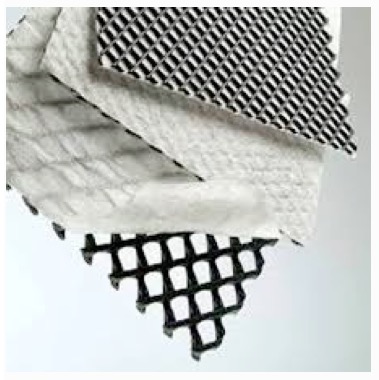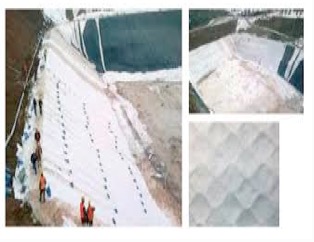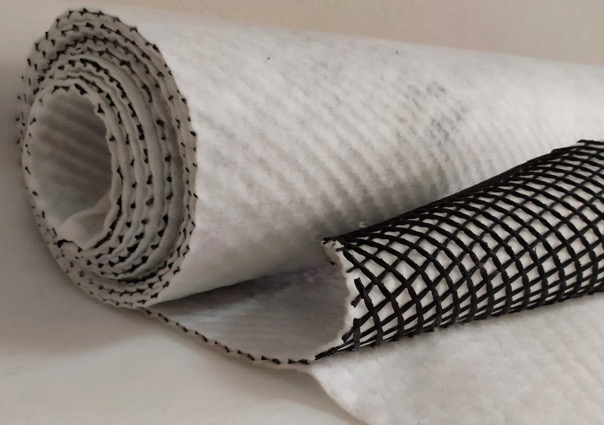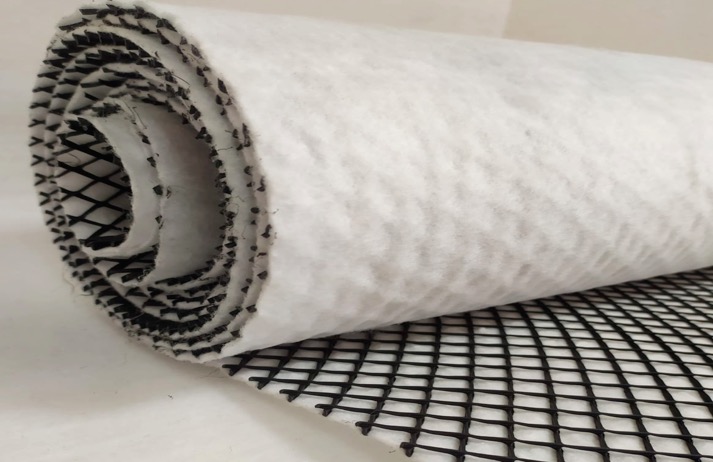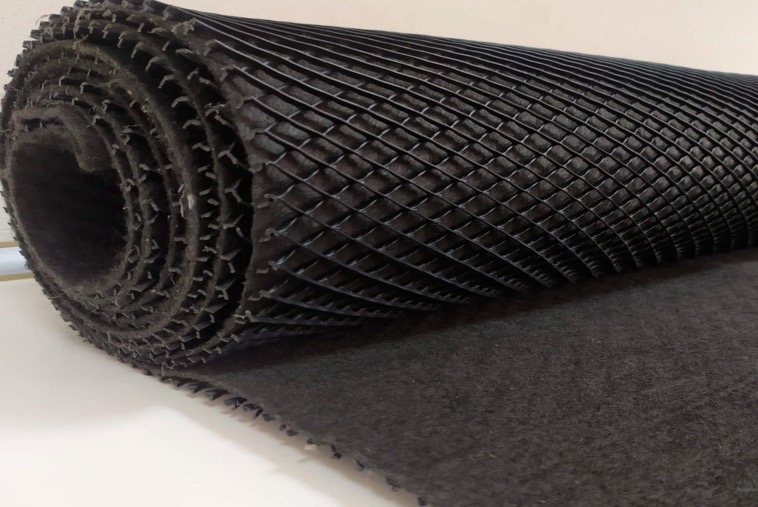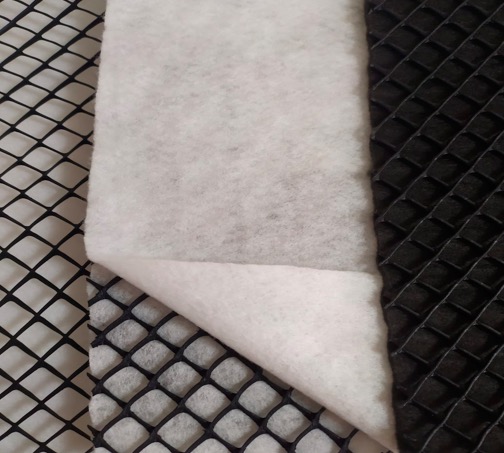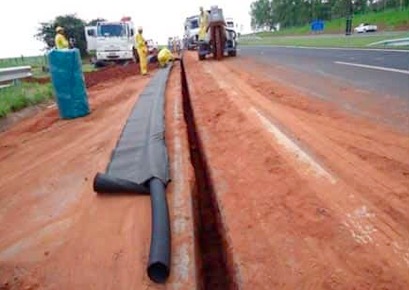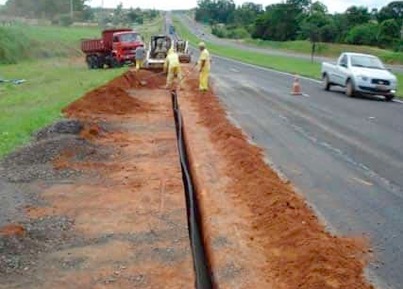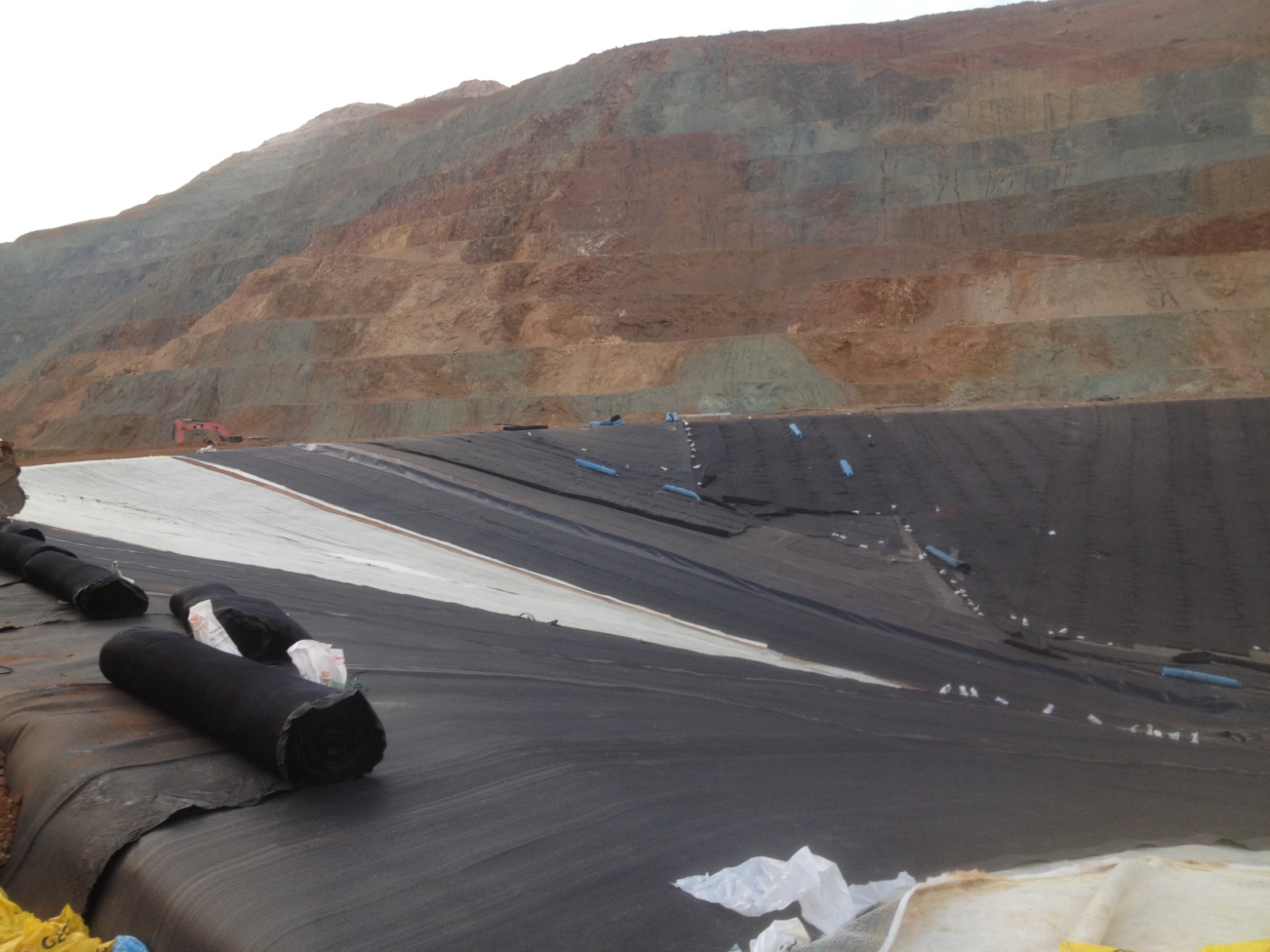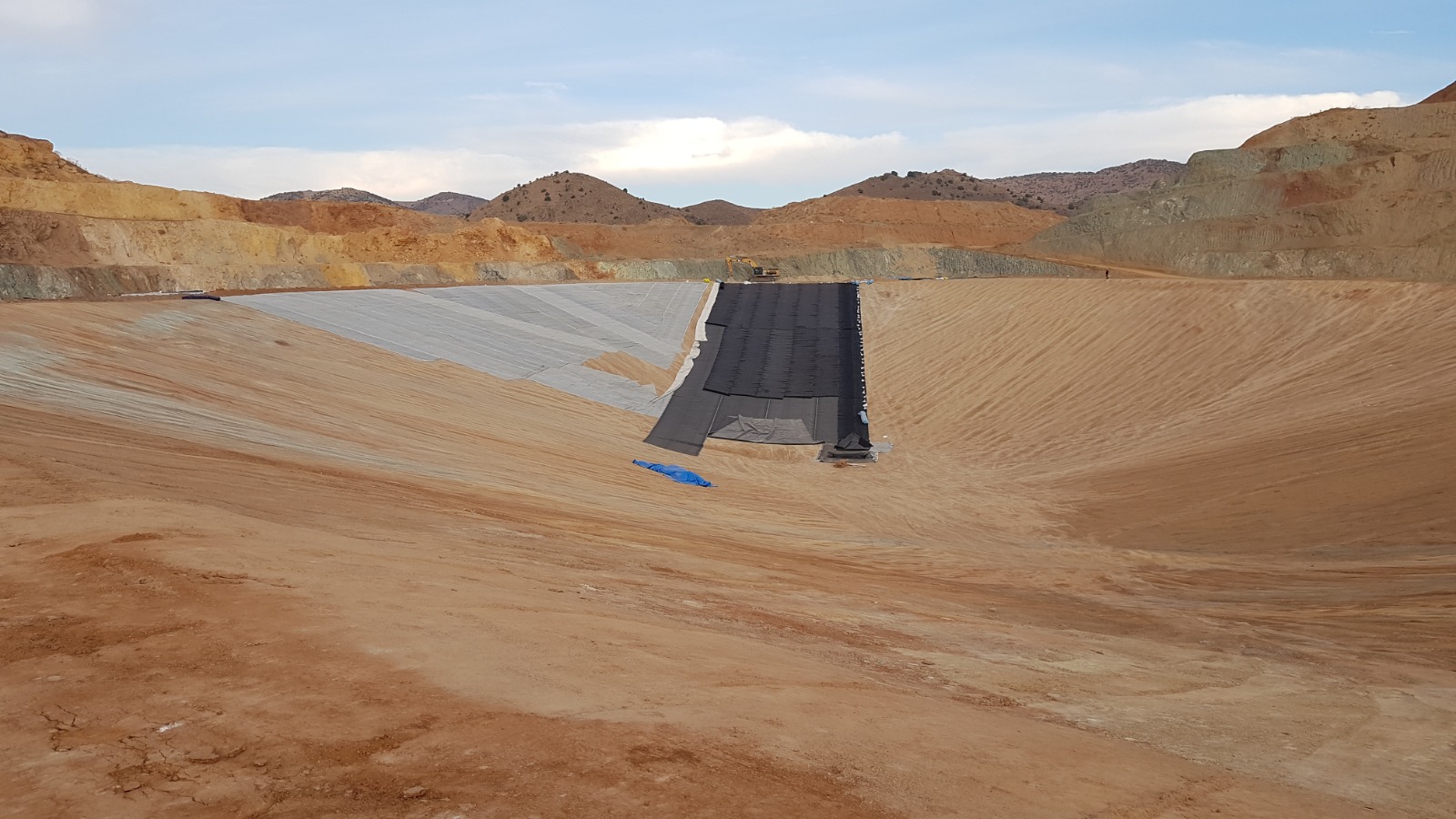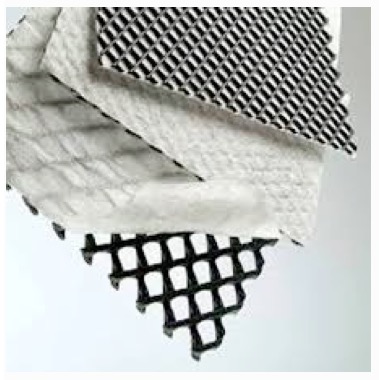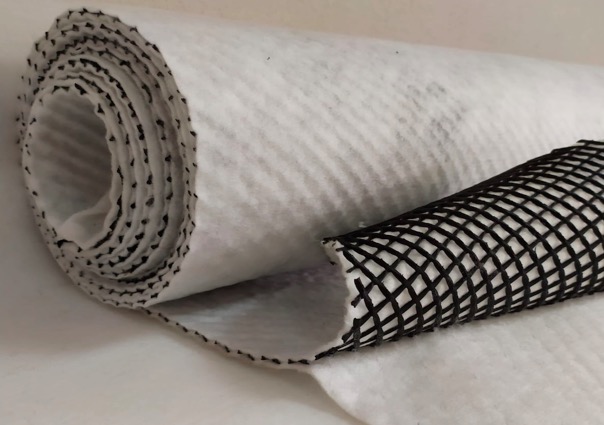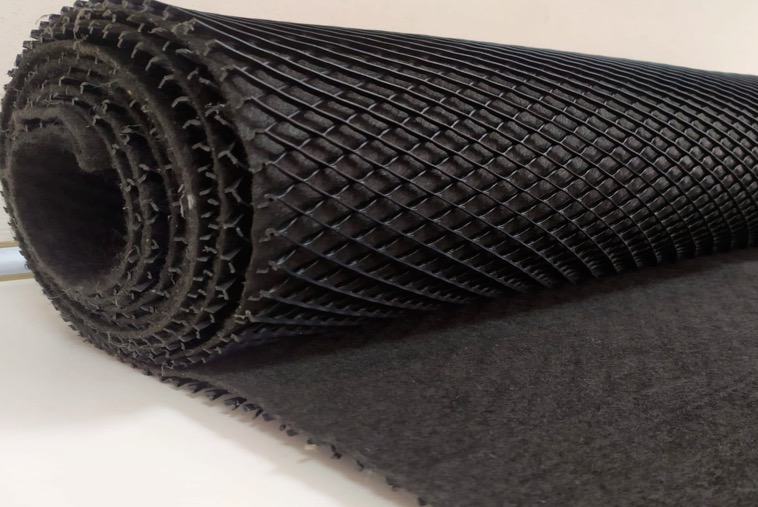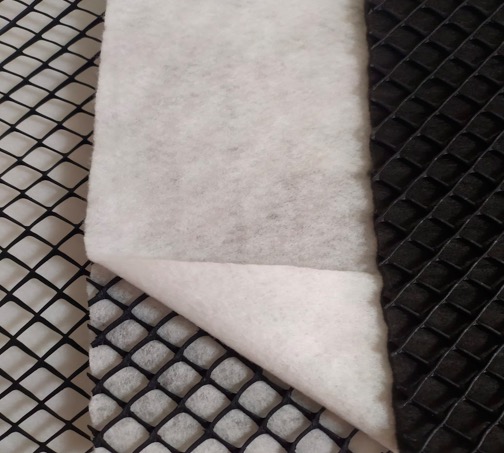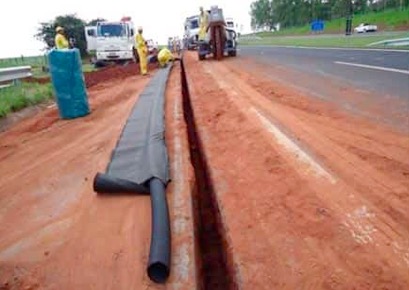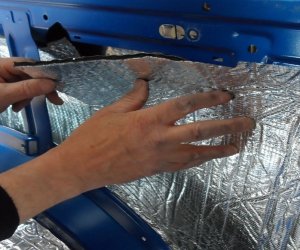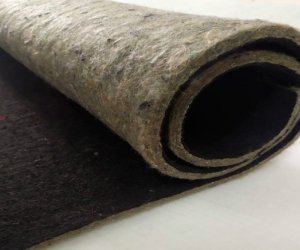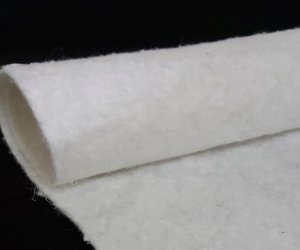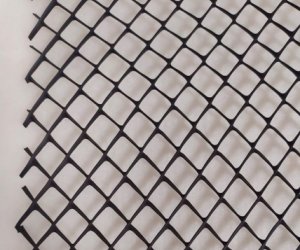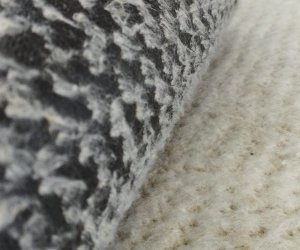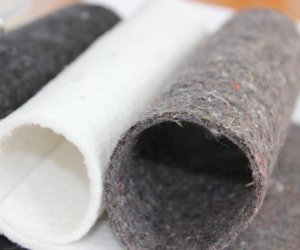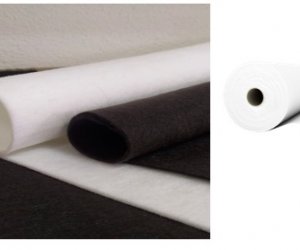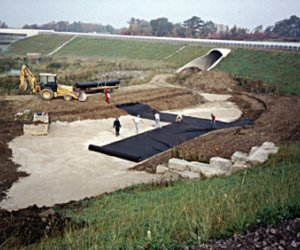DRENAJ GEOKOMPOZİT
DRAINAGE COMPOSITE
Drainage Geocomposites, the use of geosynthetic materials and especially drainage geocomposites in Civil Engineering find a place in practice as an alternative to traditional solutions. Geocomposites consist of flexible polymer drainage core covered with one or both sides of filtered geotextile, usually designed for the drainage of water in a filled structure. The polymeric core in the geocomposite material offers a free conduction path for water and liquid flow. Geocomposites, which have high flow capacity at low slopes and under pressure, play a major role in protecting the environment by eliminating the need for mineral filling. Functions of geocomposites; Pressure distribution, protection of insulation in underground structures, transport of water to collectors, prevention of clogging of collectors or drainage pipes with fine soil or fill particles, removal of excess water from the ground, improvement of weak grounds with high water content.
PRODUCTS
(TWO SIDED POLYPROPYLENE GEOTEXTILE COATED DRAINAGE GEOC COMPOSITE)
(SINGLE SIDED POLYPROPYLENE GEOTEXTILE COATED DRAINAGE GEOC COMPOSITE)
(SINGLE SIDED UV RESISTANT POLYPROPYLENE GEOTEXTILE COATED DRAINAGE GEOC COMPOSITE)
2- Materials
2.1. Drainage Core
It consists of a parallel-shaped Geomat with a 2-dimensional structure, usually made of extruded polypropylene fibers or a high-density polyethylene (HDPE) grid.
2.2. Geotextile
It consists of designed caps made of heat treated polypropylene and produced by needling method of various thickness and strength located on one or both sides of the drainage core.
3. Application Examples
3.1. Roadside Drainage
It is an application on the shoulder to remove both surface and groundwater from the road fill layers and the foundation. Instead of filling the gravels wrapped in geotextile into a traditionally dug at least 50-60 cm wide, geocomposite with drainage pipe is placed in a narrow channel opened according to the width of the drainage pipe used. Its application is very easy and economical compared to the traditional method.
3.2. Drainage of Under Road Fill
During any road construction, after the necessary scraping on the natural ground, concrete drainage channels are built on the roadside. Before road filling is started, geocomposite is laid and its ends are placed in concrete drainage channels.
3.3 Drainage of slope surfaces
In case of filling in front of an existing slope, the slope surface is covered with geocomposite so that the possible groundwater coming from the slope surface does not affect the integrity of the fill. Then it is covered by laying and compressing the fill in layers. Traditionally, this process is done by filling gravel between the fill and the slope.
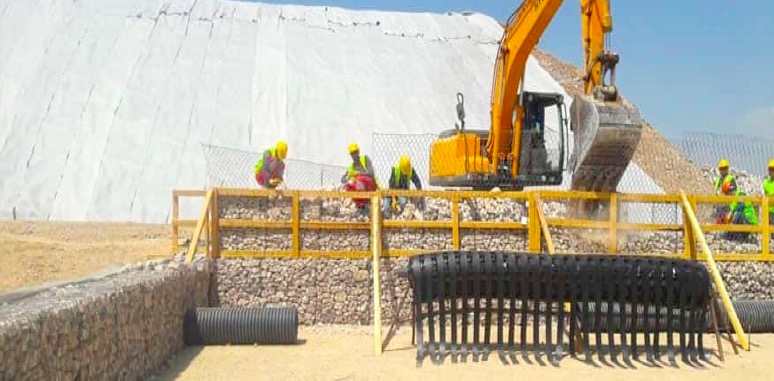
4.Advantages of Using Drainage Geocomposite
Usage areas of Drainage Geocomposites;
- Horizontal drainage of highways, railways and other field fillings,
- Vertical drainage of retaining structures, bridges, tunnels, buildings and other underground constructions,
- Drainage of playgrounds, sports fields and land fills
- Mine waste landfills, drainage of landfills and gas aeration layer; It can be summarized under main subject headings.
Comparing the use of geocomposites with traditional methods (using granular fillings) compared to the drainage solutions, easy and fast installation (easily transported and laid by a worker) and economy (product rolls are light, volume and weight to be transported significantly reduced).
The widespread use of geocomposites reduces the use of fossil fuels during the production of granular fillings and subsequent greenhouse gas emissions.
With the use of geocomposites, stone and borrow quarries are excavated for granular filling, thus changing the environment, deterioration and pollution is prevented.
The effect of geocomposites is increasing day by day in raising global awareness for the protection of the environment that will be left to future generations and to reduce greenhouse gas emissions. Namely; Using Drainage Geocomposites instead of traditional granular drainage layer required for equivalent hydraulic performance reduces carbon dioxide emission by 87%.

